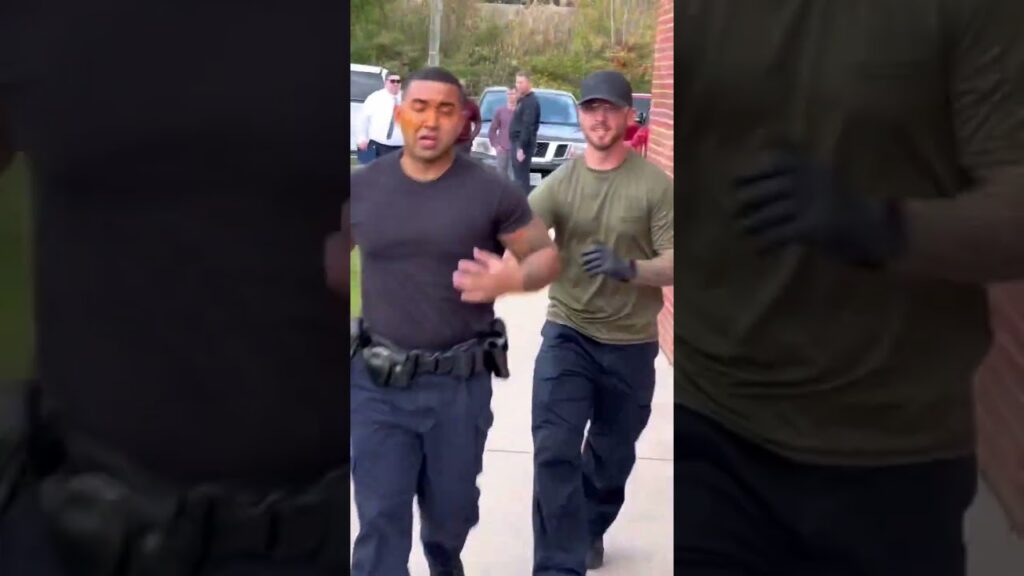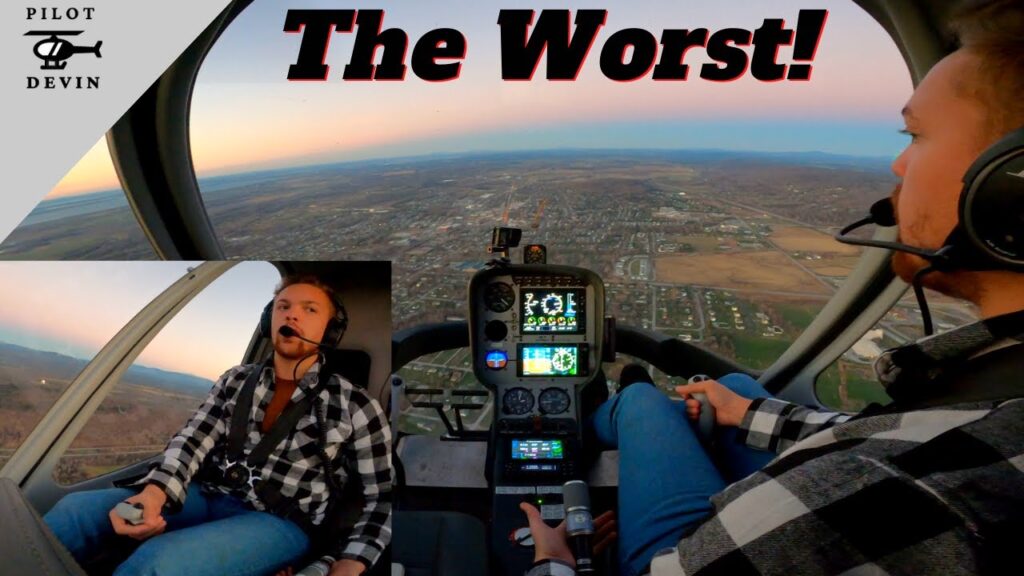The Importance of Police Re-Currency Training for Helicopter Pilots in Mexico
In the field of law enforcement, helicopter pilots in Mexico hold a critical role in a multitude of operations, including surveillance, rescue missions, and tactical support. As the landscape of crime and emergency situations evolves, it becomes essential for these pilots to undergo periodic re-currency training. This ensures that they not only maintain their skills at peak proficiency but also adapt to new technologies and protocols that are introduced in their field. Re-currency training is, therefore, a cornerstone in the operational preparedness of the police aviation units.
One of the primary benefits of systematic re-currency training for helicopter pilots is the enhancement of safety. Aviation, by its nature, has inherent risks which can be significantly mitigated through continuous education and practice. Pilots who regularly engage in training are better equipped to handle the unexpected and can reduce the incidence of accidents caused by pilot error. The challenging landscapes of Mexico, from its rugged mountains to bustling urban areas, demand that police helicopter pilots be adept at navigating a diverse array of environments safely and effectively.
Evidence has repeatedly shown that police forces with well-trained helicopter units are far more efficient in their responses to emergencies and criminal activities. Re-currency training ensures that pilots are current with best practices in areas such as aerial pursuit, crowd monitoring, and coordinating with ground units. Particularly in Mexico, where organized crime and environmental disasters pose significant challenges, a pilot’s prompt and precise response can make the difference between life and death or the successful apprehension of criminals.
Beyond the operational aspect, re-currency training also serves as an avenue for reviewing and reinforcing knowledge of legal and regulatory changes. Helicopter pilots operating in the law enforcement sector must be well-versed with national and international aviation laws, as well as local legislation pertaining to police work. This continued legal education is essential for the legitimacy and the legal protection of their operations, ensuring that they operate within the bounds of the law, and uphold the rights and safety of the citizens they are sworn to protect.
Lastly, the psychological well-being of helicopter pilots is paramount and often overlooked. Re-currency training programs can include modules that address stress management, decision-making under pressure, and other psychological aspects of flying. Supporting pilots’ mental health not only contributes to their personal well-being but also to the overall effectiveness of the police force’s aerial operations. Furthermore, fostering a culture of regular training and skill development bolsters the morale of the force, knowing they are well prepared to handle their demanding and often dangerous duties.
How Police Helicopter Pilots Maintain Proficiency with Re-Currency Training in Mexico
In Mexico, police helicopter pilots are a vital asset for law enforcement and public safety. To ensure that these aviators remain at the top of their game, re-currency training is paramount. This continuous training regime helps maintain the high levels of skill and readiness required to perform a diverse array of missions, ranging from aerial surveillance to rescue operations. By regularly refreshing their knowledge and honing their flying abilities, pilots are able to react swiftly and effectively in the face of any situation.
Re-currency training in Mexico typically involves a comprehensive review of operational procedures and emergency protocols. Pilots undergo extensive simulations and practice drills that mimic a multitude of potential scenarios they may encounter while on duty. These drills not only cover technical flight maneuvers but also incorporate tactical elements, which are essential for pilots involved in law enforcement activities. The emphasis on scenario-based training ensures that every pilot can navigate the complex challenges that come with policing from the air.
Alongside simulation exercises, re-currency training also includes regular in-flight sessions where pilots practice real-world tasks under the watchful eyes of experienced instructors. These sessions allow pilots to stay familiar with the specific models of helicopters in the police fleet, as the aircraft’s handling characteristics can differ significantly. This hands-on experience is critical for maintaining a nuanced understanding of the aircraft and its capabilities, which in turn contributes to safer and more effective mission outcomes.
Furthermore, Mexican police helicopter pilots must keep abreast of the latest advancements in aviation technology and changes in aviation law. Re-currency training provides a structured opportunity for pilots to learn about new systems and regulations, ensuring that they can integrate these into their operational repertoire. This ongoing education is essential for maintaining legal compliance and for leveraging technology to enhance mission efficiency and safety. The continuous re-currency training protocol fortifies the foundation of professional competency that the citizens of Mexico rely on for their safety and security.
Key Components of Police Re-Currency Training for Helicopter Pilots
As a web blogger, I can provide the content in plain text as you requested without implementing the HTML formatting. Here is the content for the section “Key Components of Police Re-Currency Training for Helicopter Pilots”:
Police helicopter pilots play a crucial role in law enforcement operations. To maintain their skills at an optimal level, regular re-currency training is mandatory. This training ensures that pilots can handle their aircraft in varying and often challenging conditions, responding adeptly to the dynamic needs of police work. An essential component of this re-currency training is an emphasis on advanced flying techniques. Pilots must be adept at low-altitude flight, night flying with the aid of night vision goggles, and maneuvering the helicopter in tight urban environments. These advanced skills are vital for surveillance, search and rescue operations, and high-speed pursuits.
Another critical aspect of the training program is emergency procedure simulation. Pilots are regularly drilled in a variety of emergency scenarios, from engine failure and electrical malfunctions to tail rotor problems. In these sessions, pilots practice autorotation landings and other critical procedures that could save lives in an actual crisis. This rigorous preparation instills confidence and helps pilots remain calm and decisive during real emergency situations.
Tactical flight operation training forms another cornerstone of the re-currency training regimen. This focuses on scenarios specific to police work such as rapid deployment of tactical teams, covert insertions, and extraction techniques. Precision and stealth are often required during these operations to ensure the safety of officers and civilians alike. Pilots learn to work in close coordination with ground units, understanding their maneuvers and considering their exposure from the air to support them effectively.
In addition to in-flight skills, re-currency training also reinforces the importance of pre-flight and post-flight processes. Meticulous planning, detailed briefings, and thorough debriefings are standard protocol. By reviewing past missions and outcomes, pilots and support teams can continually refine their coordination and improve operational efficiency. This continual improvement cycle is vital for keeping police helicopter units ready to respond to any situation with precision and skill.
Note: In an actual HTML blog post, these paragraphs would be sequentially enclosed in
tags to define them as separate paragraphs within the HTML document.
The Role of Simulation in Police Helicopter Re-Currency Training
The use of simulation in police helicopter re-currency training is becoming increasingly integral as technology advances. Simulators provide an immersive environment where pilots can hone their skills without the costs and risks associated with real flight. Importantly, simulations are not intended to replace actual flight experience but to complement it, enabling pilots to practice maneuvers and scenarios that would be too dangerous or impractical in a real helicopter.
Advancements in simulator technology now allow for highly realistic flight dynamics and environmental conditions, which are crucial for effective training. Pilots can experience a variety of weather scenarios, emergency situations, and equipment failures, all of which are programmable within the simulation software. This level of realism is essential for building the muscle memory and split-second decision-making skills required in actual flight operations.
Re-currency training is vital for maintaining the proficiency of police helicopter pilots, who must be prepared to respond to unpredictable situations. Simulators are particularly effective in this context as they provide the opportunity for pilots to repeatedly practice critical skills such as low-altitude flying, night operations, and navigating through complex urban terrains. This continuous practice ensures that pilots remain adept in handling their aircraft in various demanding scenarios.
On top of enhancing skills, simulation-based training offers significant safety benefits. During simulation sessions, pilots can safely push the boundaries and experience the consequences of errors without any real-world danger. Such training sessions are instrumental in teaching risk assessment, management, and mitigation, which are key components of safe flight operations.
The economical aspect of simulation in police helicopter re-currency training cannot be overlooked. Operating actual helicopters for training purposes involves numerous costs such as fuel, maintenance, and potential wear and tear. Simulators, on the other hand, present a cost-effective alternative with the added advantage of being usable at any time, irrespective of weather conditions or aircraft availability. This leads to more frequent training opportunities and better resource management within police aviation units.
Measuring the Impact of Re-Currency Training on Police Helicopter Operations
The efficiency and effectiveness of police helicopter units are critical for law enforcement and emergency response. To ensure that these units are operating at their peak performance, regular re-currency training is mandated. This type of training not only serves to refresh essential skills but also to introduce new techniques and technologies that emerge within the field of aerial surveillance and support. In Mexico, the impact of such training is a subject of increasing importance as the country continues to battle complex security challenges.
Re-currency training impacts pilot proficiency by keeping skills sharp and reaction times quick. In high-pressure scenarios, which are not uncommon in police aviation, the difference between a successful operation and failure can come down to mere seconds and the instinctive reactions of a well-trained pilot. The nuanced knowledge of the helicopter’s capabilities, as well as the ability to make rapid decisions in the air, are honed during these periodic training sessions, thereby elevating the effectiveness of police operations from the skies.
Beyond individual skill sets, re-currency training is also fundamental in improving team coordination and communication. Helicopter missions often involve coordination with ground units and other aerial assets. Through regular training, crews can synchronize their operations with other parts of the police force more effectively, leading to more cohesive and successful missions. This is particularly important in Mexico, where coordinated responses are essential in dealing with organized crime and providing disaster relief during emergencies.
The safety of both police personnel and civilians is paramount in helicopter operations. By regularly engaging in re-currency training, pilots and crew members revisit and reinforce safety protocols. This not only reduces the risk of accidents during demanding operations but also ensures that police are able to protect and serve communities without introducing additional risks. The tracking of safety performance metrics post-re-currency training indicates significant improvements, underscoring the training’s critical role in the preservation of life and property.



